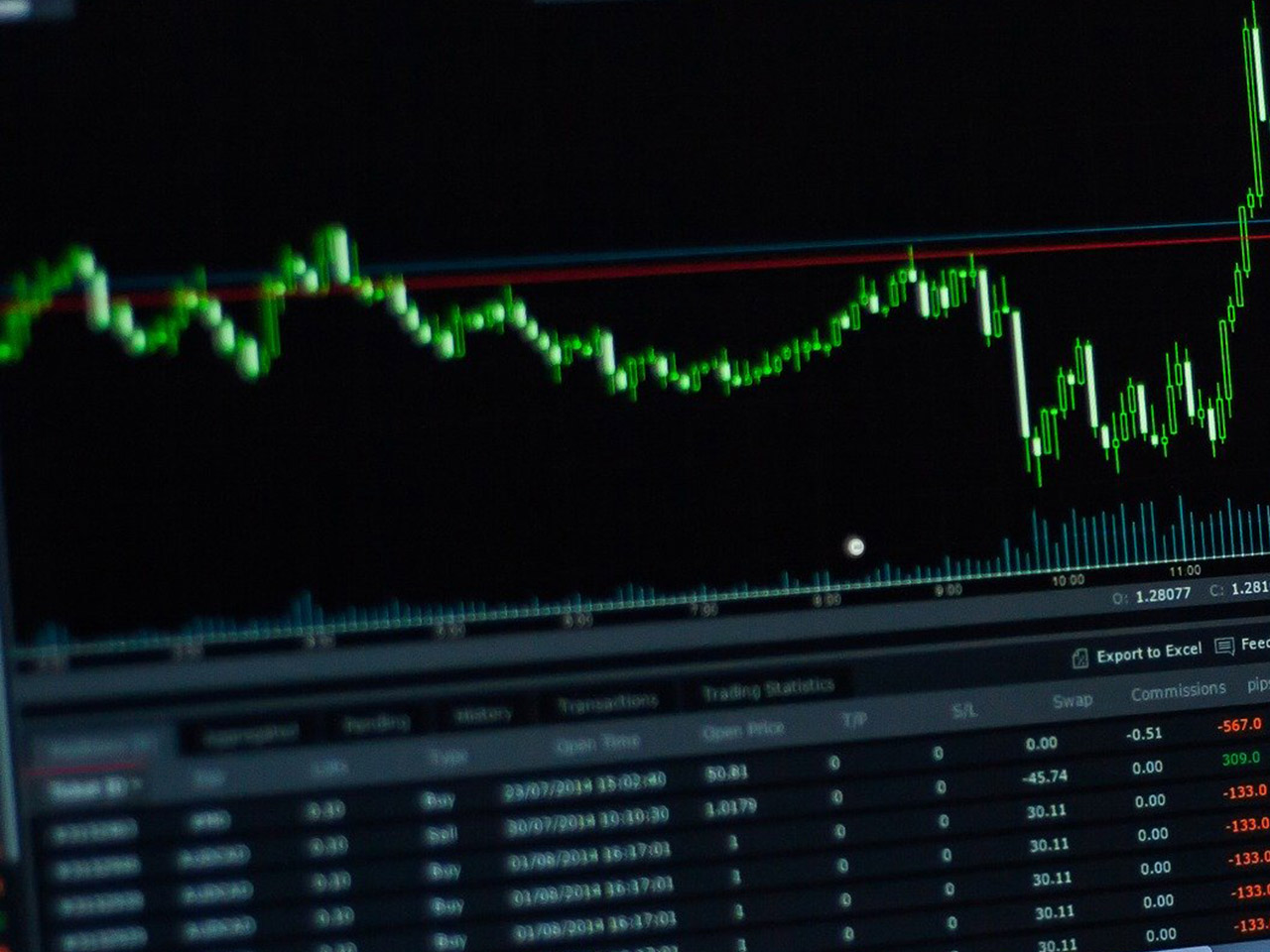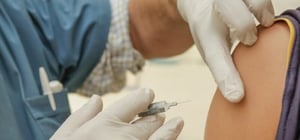Edwards Lifesciences Corporation (NYSE: EW), a stalwart in the medical devices sector, stands as a beacon of innovation in the treatment of advanced cardiovascular diseases. With a robust market capitalization of $45.88 billion, this American giant, headquartered in Irvine, California, continues to make strides in the healthcare industry, offering crucial life-saving technologies in the cardiovascular space.
**Current Market Position and Price Dynamics**
The stock is currently priced at $78.22, reflecting a modest change of 0.49 (0.01%) from the previous day. Investors have witnessed a fluctuating journey over the past 52 weeks, with the stock price ranging from $59.70 to $93.78. This volatility highlights both the challenges and opportunities within the medical device sector, compounded by global health trends and market sentiments.
**Valuation Metrics: A Mixed Picture**
While Edwards Lifesciences’ trailing P/E ratio is unavailable, the forward-looking P/E ratio stands at 28.48, suggesting that investors are optimistic about the company’s future earnings potential. However, the absence of a PEG ratio and other valuation metrics like Price/Book and Price/Sales could make some investors cautious. The company’s strategic focus on cutting-edge technologies and minimally invasive treatments may justify its current valuation in the eyes of growth-oriented investors.
**Performance Metrics and Financial Health**
The company has reported a revenue growth of 6.20%, driven by its innovative products such as the Edwards SAPIEN family of valves and the PASCAL PRECISION system. With an earnings per share (EPS) of 2.42 and a commendable return on equity of 16.51%, Edwards Lifesciences is demonstrating strong operational performance. The free cash flow of $1.45 billion underscores its capacity to reinvest in R&D and sustain its competitive edge.
**Dividend Policy and Shareholder Returns**
Investors seeking income might note the absence of a dividend yield, as Edwards Lifesciences does not currently offer a payout, reflected in its 0.00% payout ratio. This could be a strategic decision to allocate more resources towards growth and innovation, a common practice among companies with high growth potential in the tech-driven medical field.
**Analyst Ratings and Market Sentiment**
The company enjoys a mixed sentiment from analysts, with 15 buy ratings, 17 hold ratings, and 1 sell rating. The average target price of $80.97 suggests a potential upside of 3.51%, offering modest growth prospects for investors. The target price range of $61.00 to $95.00 indicates the varied perspectives on the company’s valuation, reflective of its market dynamics and innovation trajectory.
**Technical Indicators: A Bullish Outlook?**
From a technical analysis perspective, Edwards Lifesciences is currently trading above both its 50-day and 200-day moving averages, which are $73.37 and $70.92, respectively. The RSI (14) is 60.28, indicating a relatively bullish sentiment without being overbought. Additionally, the MACD at 1.06 and the signal line at 1.07 provide further insights into the short-term momentum, hinting at potential upward movement in the stock price.
**Strategic Outlook and Growth Potential**
Founded in 1958, Edwards Lifesciences has been at the forefront of cardiovascular innovation. Its extensive product portfolio, including the INSPIRIS and MITRIS RESILIA valves, highlights the company’s focus on pioneering technologies that address complex medical needs. By distributing through a direct sales force and independent distributors across the globe, the company is well-positioned to capitalize on the growing demand for minimally invasive cardiovascular solutions.
For investors, Edwards Lifesciences represents a compelling opportunity to engage with a leader in the medical devices industry. While the current metrics offer a mixed bag, the company’s strategic focus on innovation and global expansion could yield significant rewards for those willing to navigate the inherent risks of the sector. As always, potential investors should weigh these factors carefully and consider the broader market conditions before making investment decisions.





































